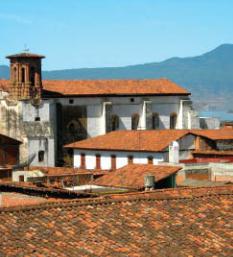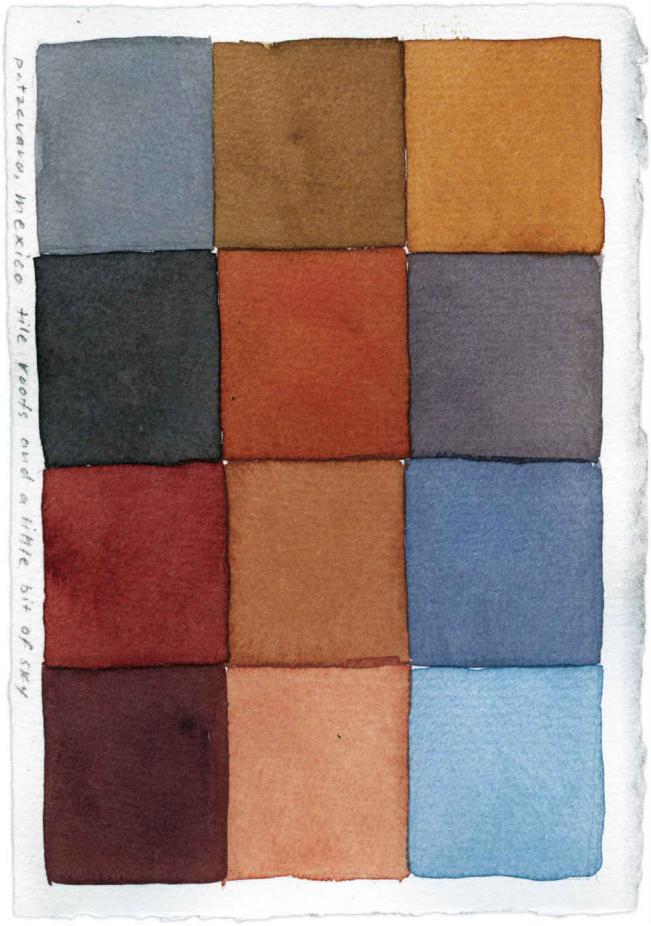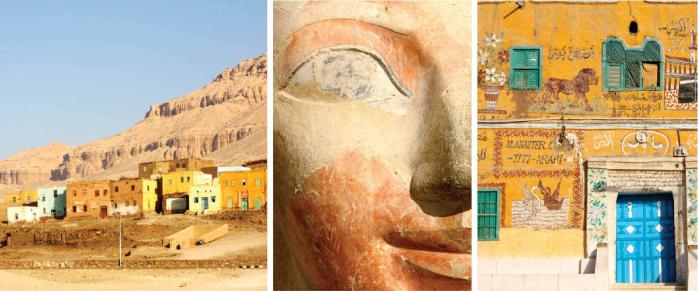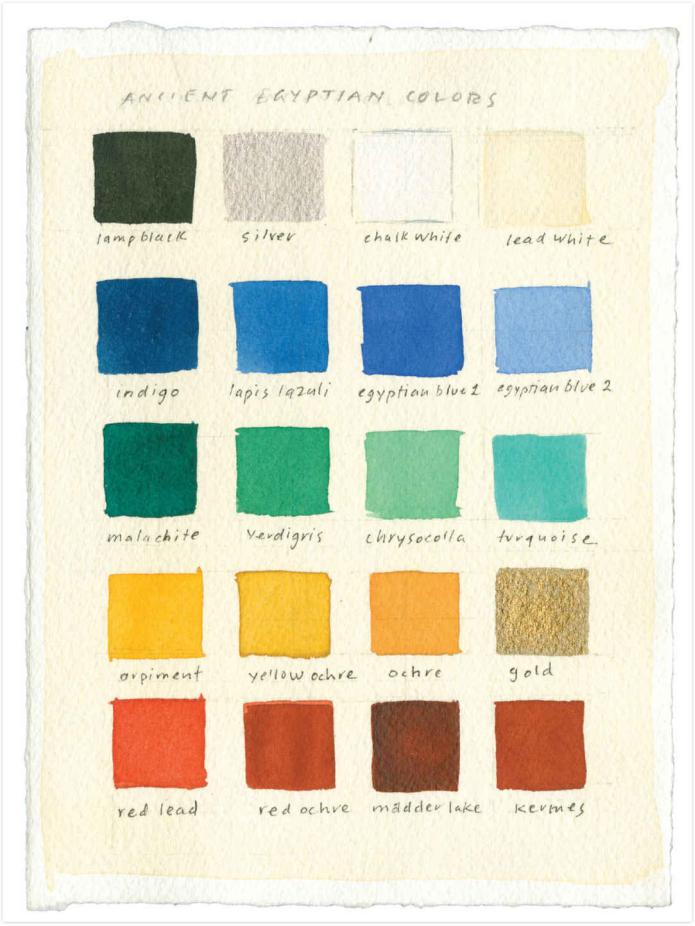
- •Acknowledgments
- •Introduction
- •Landscape
- •Ocean/Sky
- •Light
- •Wildflowers
- •Fog, Mist, and Haze
- •Forest, Lichen, and Moss
- •The Colors of Point Reyes National Seashore
- •Materials
- •Essential Equipment
- •Optional Equipment
- •Preparation
- •Paper Size & Grid
- •Pigments & Color Theory
- •Technique
- •Brush Marks
- •Painting
- •A Note on the Photographs
- •Habitat
- •Light
- •Weather
- •Seasons
- •Seasons: A Year in Color
- •Antigua, Guatemala
- •Lake Atitlán, Guatemala
- •Pátzcuaro, Mexico
- •Luxor, Egypt
- •The Dead Sea, Jordan
- •Petra, Jordan
- •Lake Issyk-Kul, Kyrgyzstan
- •Newport, Pennsylvania
- •Barney’s Joy, Massachusetts
- •Sacred Valley, Peru
- •Dominica, West Indies
- •Isle of Skye, Scotland
- •Inverness, Scotland
- •Mitchell, Oregon
- •New York, New York
- •San Francisco, California
- •Portland, Oregon
- •Big Picture
- •Detail
- •Sky Patch
- •Terrain
- •Rocks
- •Water
- •Color Walk
- •Color Memory
- •Naming Colors
- •Color Mixing
- •Primary and Secondary Colors
- •Tertiary Colors
- •Analogous Colors
- •Complementary Colors
- •Value or Tone
- •Color Temperature
- •How Many Greens are there?

PÁTZCUARO, MEXICO
Pátzcuaro, a designated World Heritage Site, is located in the central part of the Mexican state of Michoacán and is situated high in the mountains at an elevation of 7,130 feet. Pátzcuaro, which means “place of stones” in the Purépecha language, is a small colonial town that has retained its authentic character. With very little intervention from tourism, it feels as if the town has gone back in time.
The day here starts early with the ringing of church bells. There is a symphony of birdcalls, the clacking of carts going down the cobblestone streets toward the market, and the smell of fresh tortillas.
Sitting in the central zocalo, the “public square or plaza,” with my paints, I experience the gentle rhythm of the town as it wakes. I begin to record the colors of the early morning light as it shifts across the buildings: rosy reds, cadmium oranges, and every shade of warm brown.
The predominant colors in Pátzcuaro are highlighted by its architecture. A sea of terracotta roof tiles catches the light and casts a warm glow that is punctuated by the whitewashed buildings, which are set against the blue sky and the purple mountains rising in the distance.


LUXOR, EGYPT
Luxor is the home of the ancient city of Thebes, located along the Nile River. During an early morning visit to the Temple of Hatshepsut in the Valley of the Queens, the sun beats down, blazing hot, accentuating the sharp contrast between land and sky. The color of sand and sun seems to define everything, reminding me that I am standing on the edge of the great Sahara Desert.
Contrasted against the browns of the hillside is a jumbled mosaic of dwellings saturated with bright colors. These naturally occurring pigments, extracted from locally found minerals and oxides, define the color of this valley. All around me I see the six basic pigments that early Egyptian artists used to create their palettes: red, green, blue, yellow, black, and white. The colors held many symbolic meanings, and as each object was painted, it was imbued with significance through color. Blues represented water, sky, and the celestial heavens, while yellow signified the sun and eternal life.

